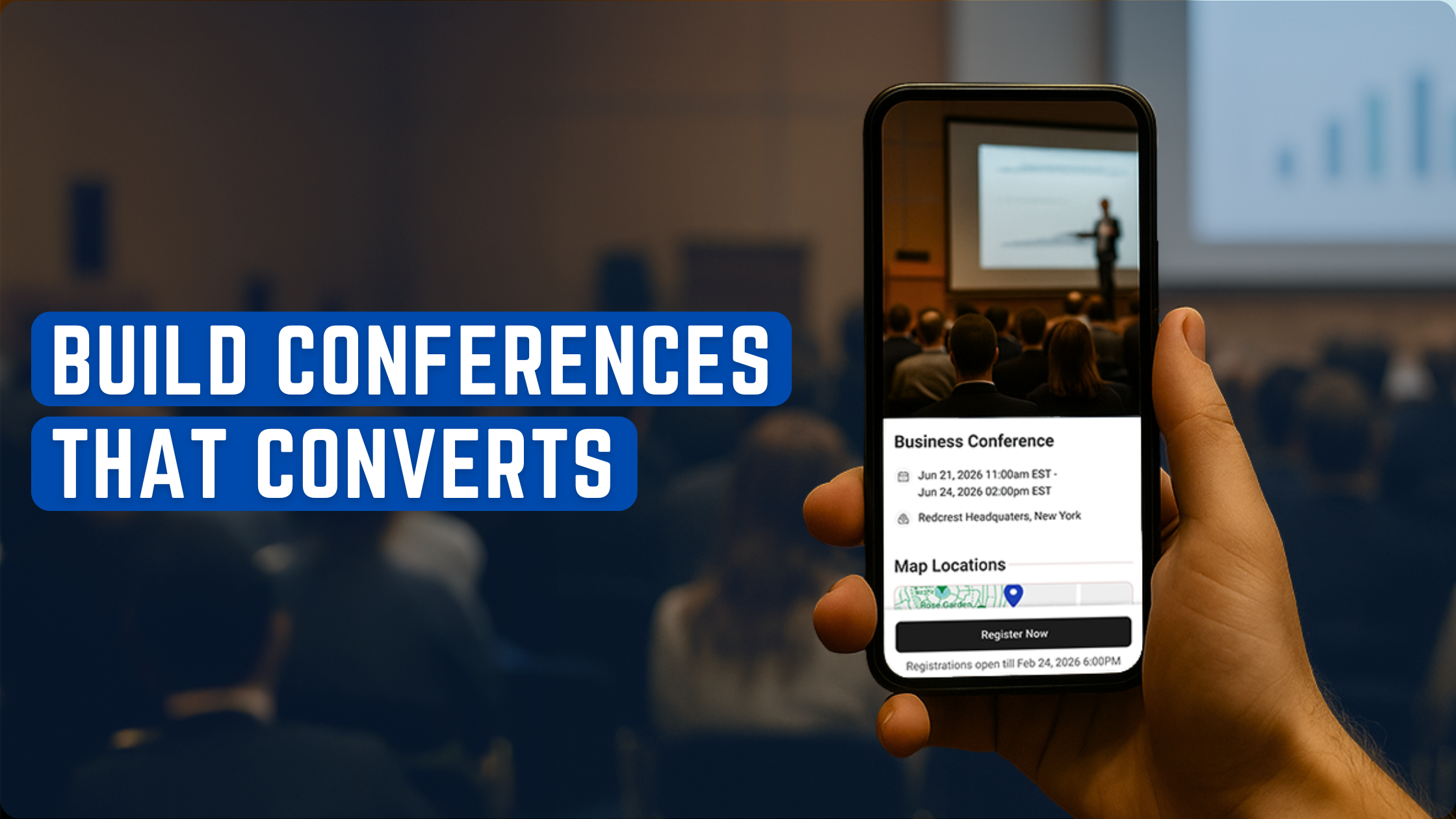If you recently hosted a customer appreciation event, you likely have a wealth of user behavior data at your fingertips. Analyzing this data can provide valuable insights into your customers' behaviors, preferences, and opinions. By understanding this information, you can make data-driven decisions to improve your business and build stronger relationships with your customers.
To begin analyzing user behavior data from a customer appreciation event, start by identifying the key metrics you want to track. This may include attendance rates, engagement levels, and feedback from attendees. Once you have a clear understanding of what you want to measure, you can start collecting and analyzing the data.
There are a variety of tools and techniques you can use to analyze user behavior data, including surveys, focus groups, and data visualization software. By using these tools, you can gain a deeper understanding of your customers and how they interact with your brand. With this knowledge, you can make informed decisions about how to improve your business and provide a better customer experience.
Planning the Analysis
To effectively analyze user behavior data from a customer appreciation event, you need to plan your analysis carefully. This involves defining objectives, selecting metrics, and choosing analysis tools. Here's how to do it:
Defining Objectives
The first step in planning your analysis is to define your objectives. What do you want to achieve by analyzing user behavior data? Some possible objectives might include:
- Understanding which activities were most popular at the event
- Identifying which attendees were most engaged with the event
- Determining which aspects of the event could be improved for future events
By defining your objectives upfront, you can focus your analysis on the data that will help you achieve those objectives.
Selecting Metrics
Once you've defined your objectives, you need to select the metrics that will help you measure progress towards those objectives. Some possible metrics might include:
- Number of attendees
- Number of activities completed by each attendee
- Time spent at each activity
- Feedback ratings from attendees
By selecting the right metrics, you can get a clear picture of how well your event performed and identify areas for improvement.
Choosing Analysis Tools
Finally, you need to choose the right analysis tools to help you make sense of your data. Some possible tools might include:
- Spreadsheets for organizing and analyzing data
- Data visualization tools for creating charts and graphs
- Survey tools for collecting feedback from attendees
By choosing the right tools, you can turn your raw data into actionable insights that will help you make informed decisions about your future events.
Executing the Analysis
To successfully analyze user behavior data from a customer appreciation event, you need to follow a few key steps. These steps include collecting data, cleaning data, visualizing data, and interpreting results.
Collecting Data
The first step in analyzing user behavior data is to collect it. You can do this by using a ticket generator like Ticket Generator that provides QR codes with ticket validation. This will ensure smooth event entry with quick ticket validation, simplify attendee management, and enhance event security. You can also use this tool to generate event insights, gain valuable event data and trends, and analyze preferences to optimize strategies for future events efficiently.
Data Cleaning
Once you have collected the data, you need to clean it. This involves removing any irrelevant or duplicate data, correcting any errors, and standardizing the data format. You can use data cleaning tools to automate this process and ensure that your data is accurate and consistent.
Data Visualization
After cleaning the data, you need to visualize it. This involves creating charts, graphs, and other visual representations of the data to help you identify patterns, trends, and insights. You can use data visualization tools to create professional-looking visualizations that are easy to understand and share.
Interpreting Results
The final step in analyzing user behavior data is to interpret the results. This involves analyzing the data to uncover insights, trends, and patterns that can help you make informed decisions about future events. You can use statistical analysis tools to help you identify correlations, causations, and other relationships in the data.
Related Posts:
- Streamlined Ticket Validation with the Ticket Generator
- Send Custom Tickets Seamlessly with the Ticket Generator
- Create Memorable Events with Ticket Templates
- Generating Event Insights Made Easy
Conclusion
In conclusion, analyzing user behavior data from a customer appreciation event is crucial to understanding your customers' needs and preferences. By examining the data collected, you can identify patterns and trends that can inform your marketing and sales strategies.
One effective way to analyze user behavior data is by creating a table or spreadsheet that organizes the data by various categories, such as age, gender, location, and interests. This will allow you to see which groups of customers are most interested in your products or services, and tailor your marketing efforts accordingly.
Another useful technique is to create a list of the most common actions taken by customers during the event, such as visiting a particular booth or attending a specific session. This information can help you identify which aspects of the event were most successful and which areas could be improved upon in future events.
Overall, by analyzing user behavior data from a customer appreciation event, you can gain valuable insights into your customers' preferences and behaviors, and use this information to improve your marketing and sales strategies.






.gif)





